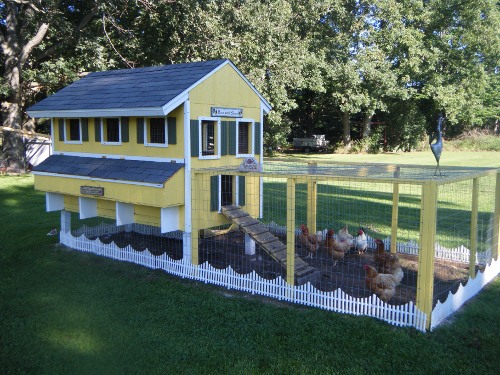Wife wanted me to build a chicken coop this spring/summer. Been knocking it out here and there, and pretty much ready to do the final assembly.
I haven't done much in the space of roofing. Cut the joists with a big tapering jig I put together. And figuring I'll just toe "nail" them with screws. Which seems to be a fairly common practice.
I'm not really looking for an alternative or anything. But in thinking about it, isn't this basically just the equivalent of a pocket hole joint? And, if so, would it be reasonable to use my kreg jig to pre-drill the holes to better hide the screw heads?
Could be a dumb question. I'm ok with that. Just curious whether my logic meter is properly calibrated.
I haven't done much in the space of roofing. Cut the joists with a big tapering jig I put together. And figuring I'll just toe "nail" them with screws. Which seems to be a fairly common practice.
I'm not really looking for an alternative or anything. But in thinking about it, isn't this basically just the equivalent of a pocket hole joint? And, if so, would it be reasonable to use my kreg jig to pre-drill the holes to better hide the screw heads?
Could be a dumb question. I'm ok with that. Just curious whether my logic meter is properly calibrated.





